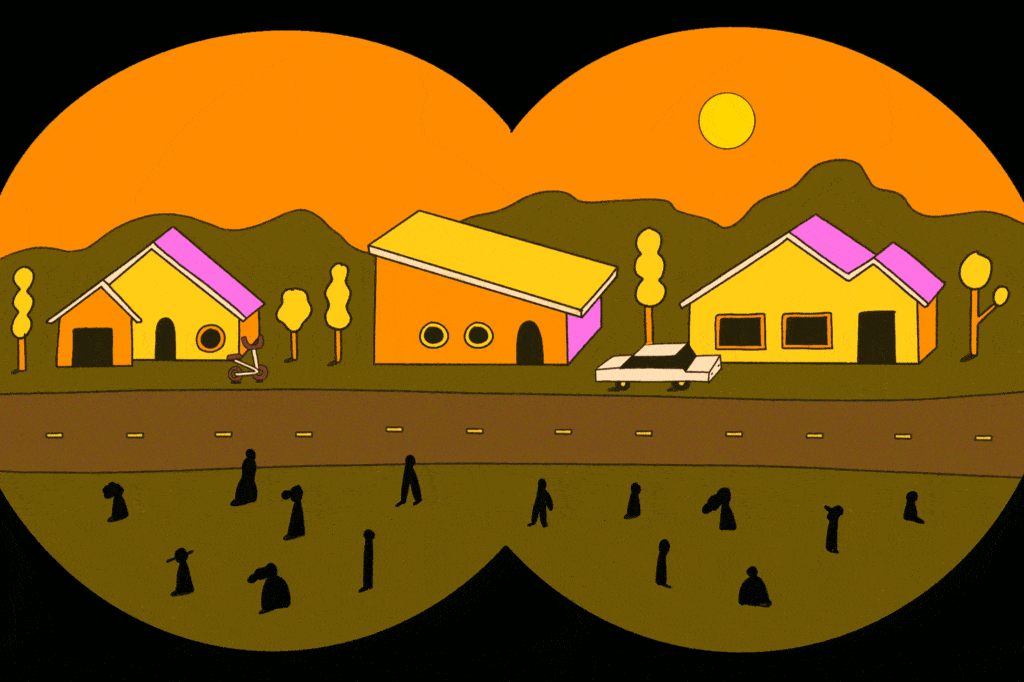New Homes vs. New Migrants: Who Wins?
Australia is not just short of homes. It is short of policy alignment. In 2023–24, net overseas migration reached 446,000, adding the equivalent of a new Canberra in one year. Yet national housing starts fell to just 163,836 over the same period, the lowest since 2012.
At this pace, the federal government’s target of 1.2 million new homes in five years will fall short by over 100,000 dwellings.
Population vs. Housing Supply Snapshot (2023–24)
| Metric | Value | Source |
|---|---|---|
| Net Overseas Migration | 446,000 people | ABS |
| New Housing Starts | 163,836 dwellings | HIA |
| Annual Target to Meet Accord | 240,000 dwellings | National Housing Accord |
| Projected Shortfall by 2027 | 100,000+ dwellings | NHFIC |
The Core Problem
The core problem is institutional. Migration policy is set federally to meet macroeconomic objectives. But the housing burden falls on state and local governments, jurisdictions with neither the fiscal power nor planning velocity to respond adequately.
This misalignment has created a structural failure where demand is national but delivery is local, slow, and often politically constrained.
The Outcome
The outcome is evident across every major city. Vacancy rates have dropped below 2 percent, with rents rising nearly 50 percent since early 2020. First home buyers are being priced out faster than they can save.
Investor activity remains concentrated in existing suburbs, pushing values higher in areas where land release is limited or already exhausted.
Rental Market Pressures
| Metric | Capital City Average | Range Across Cities |
|---|---|---|
| Vacancy Rate (Apr 2025) | 1.30% | 0.7% to 1.7% |
| Rent Growth Since 2020 | 49.80% | CoreLogic and Domain data |
| Proportion of Income to Rent | 32% (median renter) | ABS Household Spending |
The Supply Chain Strain
Construction costs have surged 15 per cent since 2020, while builders grapple with labour shortages, planning bottlenecks and a spate of insolvencies.
Although Victoria and Queensland are pushing through planning reforms, meaningful completions are unlikely before 2030, allowing the national undersupply to deepen and giving switched on investors a powerful opportunity.
What’s Needed
Homes aren’t being built quickly enough, and no single state or council can fix it on their own. Migration inflows are out of sync with housing starts and completions. What’s needed is a national framework that ties migration targets to verified housing completions, with Canberra using its funding muscle to reward fast-tracked approvals and penalise under-delivery.
We already coordinate water, transport and energy at the federal level; housing now demands the same approach.
The Bottom Line
We believe these pieces are unlikely to lock into place before 2030. Until then, the gap between housing demand and supply will keep upward pressure on rents and prices, meaning investors who act before the policy gears mesh could enjoy several years of sustainable growth.
Next Step: Speak With a Strategic Property Advisor
At Rising Returns we specialise in helping investors navigate market cycles with precision.
Whether you are planning your next portfolio move, assessing property purchases, or reviewing your buyer’s agency agreement, our team can help you make the right decisions in a fast shifting market.
📞 Call us now or book a strategy session online to take advantage of this new policy landscape before competition intensifies.
Want more insights like this? Subscribe to The Rising Report and get weekly updates straight to your inbox.
